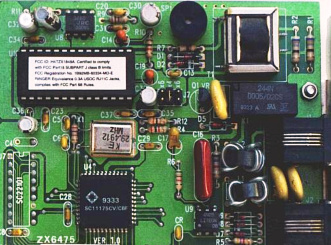A resistor is a two-terminal electronic component that opposes an electric current by producing a voltage drop between its terminals in proportion to the current, that is, in accordance with Ohm’s law: V = IR.
Because the relationship between voltage, current, and resistance in any circuit is so regular, any variable in a circuit can be controlled reliably simply by controlling the other two. The easiest variable in any circuit to control is its resistance. This can be done by changing the material, size, and shape of its conductive components.
Resistors are special components made for the express purpose of creating a precise quantity of resistance for insertion into a circuit. They are typically constructed of metal wire or carbon, and engineered to maintain a stable resistance value over a wide range of environmental conditions. Unlike lamps, they do not produce light, but they do produce heat as they dissipate electric power in a working circuit. Typically, the purpose of a resistor is not to produce usable heat, but to provide a specific quantity of electrical resistance.
A practical illustration of resistors’ usefulness is shown in figure. It is a picture of a printed circuit board: an assembly made of sandwiched layers of insulating phenolic fiberboard and conductive copper strips, into which components may be inserted and secured by solder. The various components on this circuit board are identified by printed labels. Resistors are denoted by any label beginning with the letter “R”.
